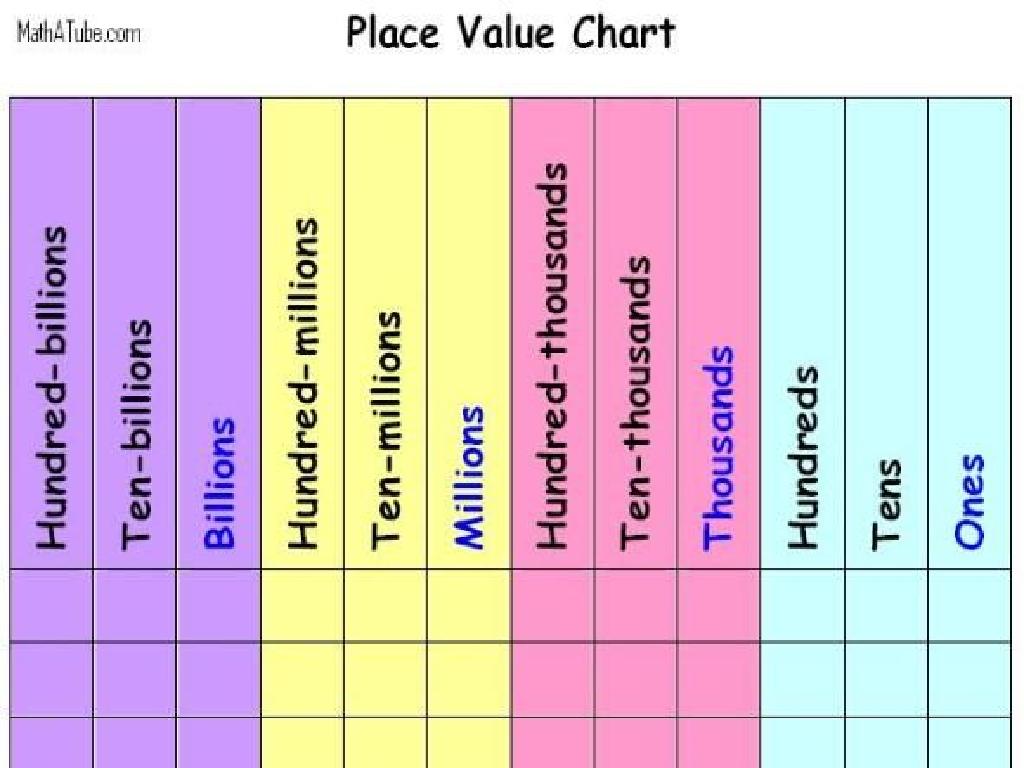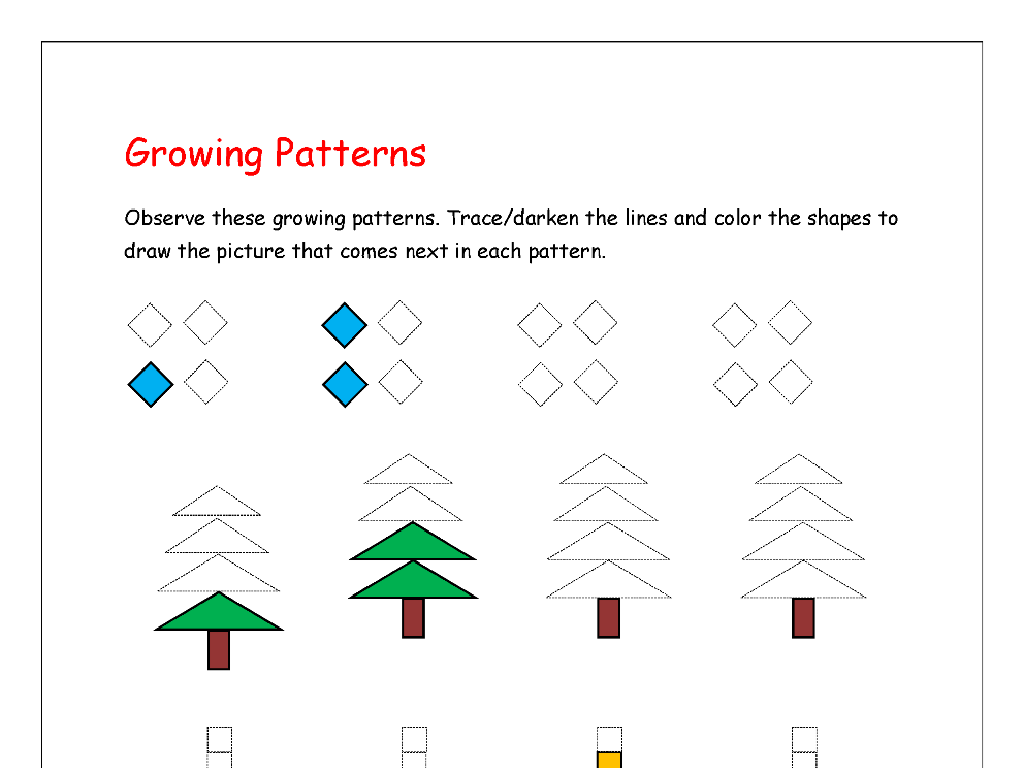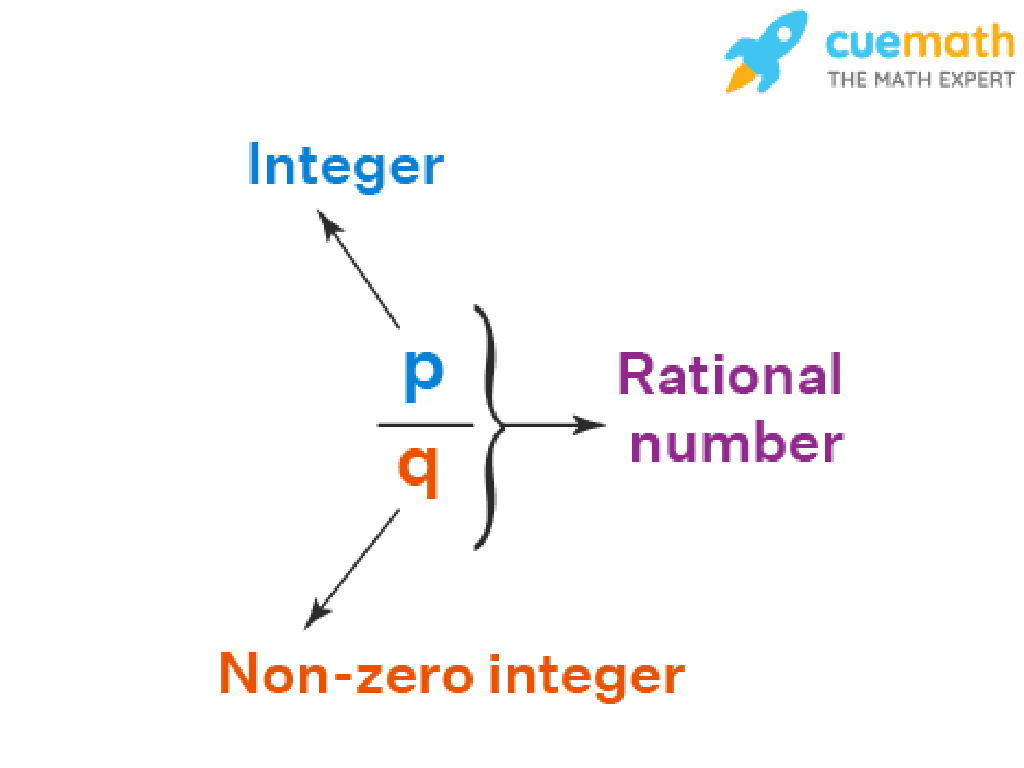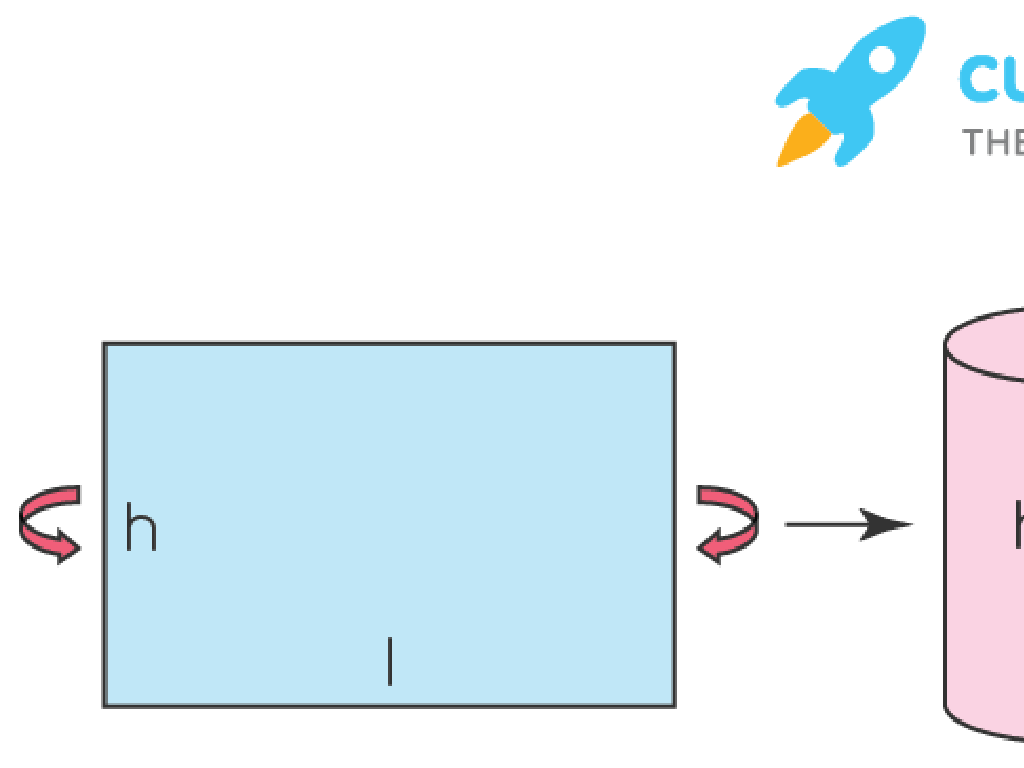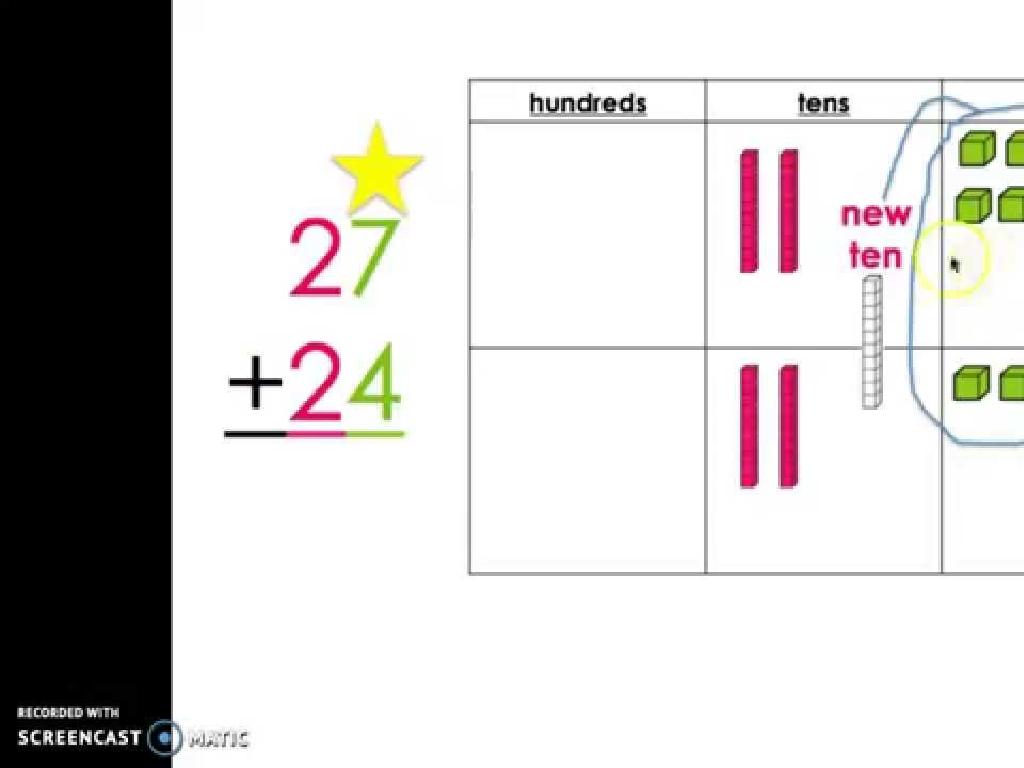Select The Best Preposition To Match The Picture
Subject: Language arts
Grade: Third grade
Topic: Prepositions
Please LOG IN to download the presentation. Access is available to registered users only.
View More Content
Welcome to Prepositions!
– Prepositions connect words
– Like glue, prepositions link nouns to other words
– They show position or direction
– ‘The cat is under the table’ shows where the cat is
– Examples: on, in, under
– ‘On’ a tree, ‘in’ a box, ‘under’ a bridge
– Use prepositions to describe pictures
|
This slide introduces the concept of prepositions to third-grade students. Prepositions are words that show the relationship between nouns or pronouns and other words in a sentence, often indicating location or direction. Use simple, everyday examples to illustrate prepositions, such as ‘on the table,’ ‘in the box,’ or ‘under the chair.’ Encourage students to think of prepositions as words that help to describe where things are in relation to other things. Visual aids like pictures can be very effective in teaching this concept. Have students practice by describing the position of objects in the classroom using prepositions.
Prepositions in Action
– Understanding prepositions
– Prepositions are words that tell us ‘where’ or ‘when’.
– Prepositions show position
– They link nouns/pronouns to other words in a sentence.
– Guess prepositions from pictures
– Look at a picture and think: Is the cat ‘on’ or ‘under’ the table?
– Practice with fun images
– We’ll use pictures to learn prepositions like ‘above’, ‘below’, ‘beside’.
|
This slide introduces the concept of prepositions to third-grade students. Begin by explaining that prepositions are words that describe the relationship between two things, often telling us where one thing is in relation to another. Use simple, everyday examples to illustrate this point. Then, move on to an interactive activity where students look at various pictures and guess the correct preposition that describes the relationship between objects in the images. Encourage participation and make it a game to see who can guess the preposition first. This will help students understand how prepositions function in a fun and engaging way.
Preposition Matching Game
– Match prepositions to pictures
– Discuss choices with a neighbor
– Explain your reasoning to a friend
– Group review of the answers
– We’ll check and explain as a class
– Understanding prepositions
– Prepositions show the relationship between a noun and another word
|
This interactive slide is for a classroom activity where students will engage in a matching game to reinforce their understanding of prepositions. Provide a variety of pictures that depict different spatial relationships and have prepositions listed on the side. Students will work individually to match each preposition to the appropriate picture. After matching, they will discuss their choices with a classmate to verbalize their thought process and reasoning. This peer interaction encourages collaborative learning and critical thinking. Conclude the activity with a group review where each match is discussed, and the correct answers are revealed. Use this opportunity to clarify any misconceptions and highlight how prepositions are used to describe the position of objects. The goal is for students to recognize and use prepositions correctly in both speech and writing.
Choosing the Right Preposition
– Observe each picture carefully
– Select the fitting preposition
– Prepositions like ‘on’, ‘in’, ‘under’ show where things are
– Consider object locations
– Think how objects are placed in relation to each other
– Multiple answers possible
– Some pictures can use ‘over’ and ‘above’ both
|
This slide is aimed at helping third-grade students understand how to choose the correct preposition to describe the relationship between objects in a picture. Encourage the students to look at the position of objects and think about their relationship to one another. Remind them that prepositions are words that show where something is or when something happens. Some pictures may have more than one correct preposition, and it’s important to recognize that different prepositions can describe different perspectives of the same picture. For example, a cat might be ‘on’ the chair or ‘in’ the sunlight. During the activity, students should be encouraged to explain why they chose a particular preposition, which will help reinforce their understanding of how prepositions function within a sentence.
Create Your Own Preposition Scene
– Draw your own simple scene
– Place objects in your scene
– Use prepositions in sentences
– Describe where things are, like ‘The cat is under the table’
– Share with the class
|
This activity is designed to help students apply their knowledge of prepositions in a creative and engaging way. By drawing a scene and strategically placing objects within it, students will practice using prepositions to describe the location of these objects. Encourage them to think spatially and use a variety of prepositions. Provide sentence starters for those who may need extra support. When sharing with the class, students will not only get to show their artistic skills but also reinforce their understanding of prepositions by explaining their scenes. Possible variations of the activity could include pairing students to guess the prepositions used in each other’s drawings or creating a collaborative class mural where each student contributes an object and a sentence.
Class Activity: Preposition Scavenger Hunt
– Find objects using preposition clues
– Team up with a buddy for the hunt
– Record prepositions for each item’s location
– Example: ‘under the desk’, ‘next to the window’
– Share your findings with the class
|
This interactive activity is designed to help students understand and apply their knowledge of prepositions in a fun and engaging way. Students will work in pairs to search for objects in the classroom based on clues that describe the objects’ locations using prepositions. They will then write down the prepositions that correspond to where they found each item. After the scavenger hunt, each pair will share their list with the class, which will reinforce their understanding of prepositions and their ability to use them in context. Possible variations of the activity could include having students draw the classroom layout and label the items found with the correct prepositions, or even creating a story using the prepositions and objects they found during the hunt.
Wrapping Up: Prepositions
– Recap on prepositions
Prepositions are words that show location or time.
– Importance of prepositions
They connect nouns/pronouns to other words.
– Example from scavenger hunt
Share a sentence from the hunt using a preposition.
– Review activity
|
As we conclude today’s lesson, let’s review what we’ve learned about prepositions. They are essential parts of speech that show the relationship of a noun or pronoun to another word in the sentence, often indicating location or time. Reflect on why prepositions are important: they help us give more detail in our sentences and make our communication clear. Ask students to recall the scavenger hunt activity and share examples of prepositions they used. This reinforces their understanding and allows them to demonstrate their knowledge. To wrap up, engage the class in a fun review activity where they identify prepositions in sentences from a familiar story or song.

